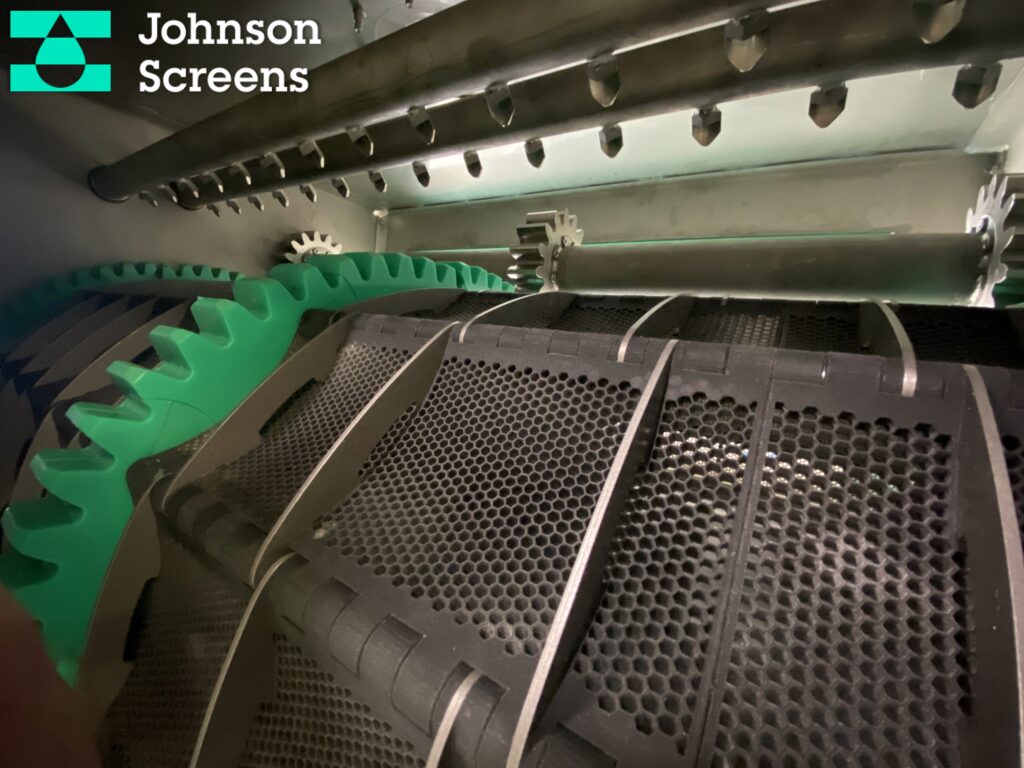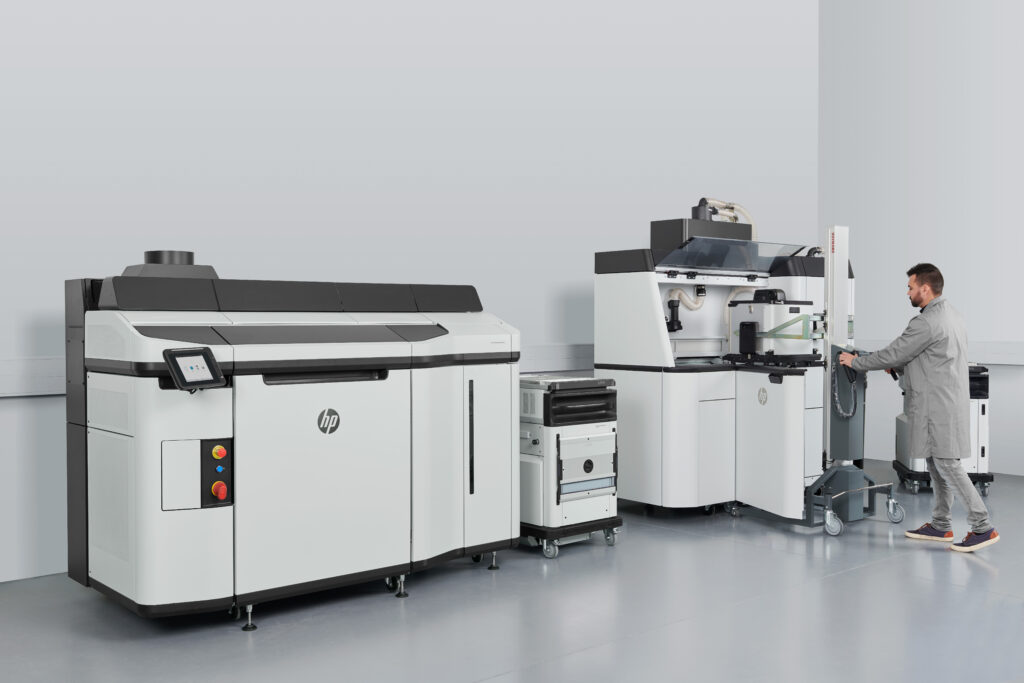As additive manufacturing (AM) makes its way from aerospace into general industry and society at large, the flow may begin to shift from a trickle to a raging rapid. A sign of things to come is a new application by Johnson Screens, an Aqseptence Group brand. Using Multi Jet Fusion (MJF) from HP (NYSE: HPQ), the company is 3D printing filtration belts for wastewater treatment.
About Aqseptence
Aqseptence began as the Michelbacher Hütte ironworks in 1656 in the Rheingau-Taunus district of Germany. Over time, its business operations fluctuated with history, linking up with the German rail network in the late 19th century, building weapons during World War II, and producing war, construction machines , sewage treatment plants, drainage systems, and sewer castings in the post-war period.
It was eventually bought by the €3.74 billion Bilfinger civil engineering company, where it became Bilfinger Water and then Aqseptence, in 2016. Now, Aqseptance is known for its filtration and thickening systems, screening, vacuuming, and water processing technology. Johnson Screens is considered a global leader in water filtration and separation products.
Johnson Screens Dives into 3D Printing
The company initiated its journey into AM in 2019, when it began a design review of an existing filtration belt used to filter out waste from wastewater. To produce the item, Johnson Screens turned to a local production partner based in Australia. The ideal candidate was EVOK3D, which boasted the use of an HP Jet Fusion 5210 for 3D printing polypropylene parts. Johnson Screens also valued the service bureau’s end-to-end philosophy, which includes material selection, installation, service and more.
The company believes that it was able to significantly reduce lead time, labor, and overall costs on the part through the use of AM. As a new material in the MJF portfolio, polypropylene proved to offer the durability, chemical resistance, and price necessary for the job.
“We have seen major savings in lead time (up to ten weeks) and, due to the design freedom provided by the additive manufacturing process, achieved a 40% reduction in assembly time. This has led to improved cost and throughput in our Australian facility that we plan to roll out globally,” said Denys Visser, Global Product and Research Manager for Johnson Screens. “Polypropylene, a cost-effective yet resilient material, is much better suited for the purpose of filtration. We use the fully integrated post process unpacking solution provided by HP to process and recover the majority of powder without incurring high labour usage. After this we finalise our parts with a media cleaning system and 100% inspection.”
Specifically, the media cleaning system used by the water filtration firm is a 3DAutoBLAST, an automatic bead blaster developed and manufactured in Australia by EVOK3D.
According to the company, the 3D printed polymer parts have worked more effectively than even their stainless steel predecessors. In fact, Johnson Screens has yet to witness any failures, with even the first test panel still operating after over a year-and-a-half of use. As a result, it is actively exploring the application of AM to other items in its catalog.
“After 12 months in harsh real-world service, it was found that the new components outperformed the traditional stainless-steel filters,” said Denys.
Screens are just one of the many use cases for 3D printing. Technologies like binder jetting enable the tweaking of porosity to fine tune the filtration properties of a given part, with Johnson Screens demonstrating the use of MJF in a quotidian, yet key real-world application. Given the fact that storms and flooding will increase as a result of global warming, such manufacturing of critical water filtration components will be more commonplace. This isn’t true only of pre-planned product launches such as this from Johnson Screens, but also of on-demand replacement parts as extreme weather events overwhelm municipal facilities. Just as COVID drove local hospitals to turn to nearby AM services for crucial respirator components, it wouldn’t be surprising for city engineering and utility departments doing the same for infrastructure items. In fact, we may even see climate change related scenarios drive further AM adoption in the same way that the pandemic did.
In turn, not only will we see general industry continue to increase its use of 3D printing to the tune of $5.48 billion by 2029, according to the Market Opportunities for Additive Manufacturing in the General Industry and Tooling Sector 2020-2029 report by SmarTech Analysis, but we will also see the technology adopted for emergency scenarios.
Subscribe to Our Email Newsletter
Stay up-to-date on all the latest news from the 3D printing industry and receive information and offers from third party vendors.
Print Services
Upload your 3D Models and get them printed quickly and efficiently.
You May Also Like
The Dental Additive Manufacturing Market Could Nearly Double by 2033, According to AM Research
According to an AM Research report from 2024, the medical device industry, specifically in dentistry, prosthetics, and audiology, is expected to see significant growth as these segments continue to benefit from...
Heating Up: 3D Systems’ Scott Green Discusses 3D Printing’s Potential in the Data Center Industry
The relentless rise of NVIDIA, the steadily increasing pledges of major private and public investments in national infrastructure projects around the world, and the general cultural obsession with AI have...
AM Research Webinar Explores Continuum’s Sustainable Metal Additive Manufacturing Powders
Metal additive manufacturing (AM) powder supplier Continuum Powders is working to develop solutions that empower industries to reduce waste and optimize their resources. An independent life cycle assessment (LCA) of...
3D Printed Footwear Startup Koobz Lands $7.2M in Seed Round
California-based Koobz is focused on reshoring the U.S. footwear supply chain with advanced manufacturing processes, including 3D printing. The startup just announced that it has added $6 million to its...


































